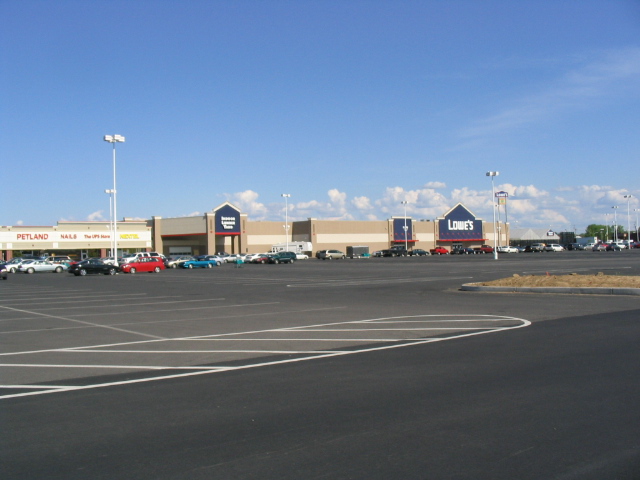“Anything that benefits only one individual is almost useless; the society of the future will admire what is useful to everybody.”—Henry van de Velde: Sauberung der Kunst, 1894 lecture in Brussels from: Kunstgewerbliche Laienpredigten, Leipzig, 1902.
Henry van de Velde was a visionary of the Art Nouveau design movement, but I ain’t here to talk about history. It is incredible that in design, we manage to have the same argument for centuries and never come any closer to real answers. Do we design the best we know how to do, or do we create what a (paying) client dictates to us?
Van de Velde’s famous desk. Thanks for the image, russegold.tripod.com!
I’m sure many reading this would say “Hey now, there’s no need to draw lines in the sand. Compromise!” which is the best that any designer can really do. To remain realistic, but still maintain some manner of professional integrity, this is always drawn into balance. I’m not disputing that this is the most practical way to go about it.
I AM saying, however, that tailoring design to a client’s whims is designing for one. If that one person is literally the only person who will use the library/chair/can opener/bicycle, then fine. But if there is even a chance that this object will be used or viewed by another human being, it is the designer’s job to assert his or her design expertise on behalf of that second person.
This is a very un-American idea. In this country, we are Individuals. Each one of us is just as worthy and valuable as a small country. If I pay an architect to produce my house EXACTLY as I draw it, then that’s my right. I am accountable to no one: not my neighbors, the architect, the next person who owns it, or Good Design. It’s my house, damn it!
Our friend van de Velde was European (the socialists!), so of course he has a group mentality! There was no hiding from the public. However, he was also a damn good designer, and I’m sure was often told to follow convention. The genius of his work must have been a constant uphill struggle to express. His “Must be good for the group, not just the one” would have opposed every design he presented until Art Nouveau was a commonly accepted style. It would have taken a bold designer to believe in both things at once.
You know what? I dig it, though. Creators of anything, be it web pages, buildings, or coat buttons (hey, someone designs those), owe it to Everyone to make it worth using and experiencing. If not, we’re basically just using a ton of resources to make garbage. Garbage doesn’t need the help; we’ve already got plenty. But do not let the voice of the common reign in bold ideas. Bold ideas keep design interesting, even if it meets resistance at first. You and I owe it to Everyone to give the best our universe has to offer.
Design responsibly, gang!
--Becky the Socialist Designer
















